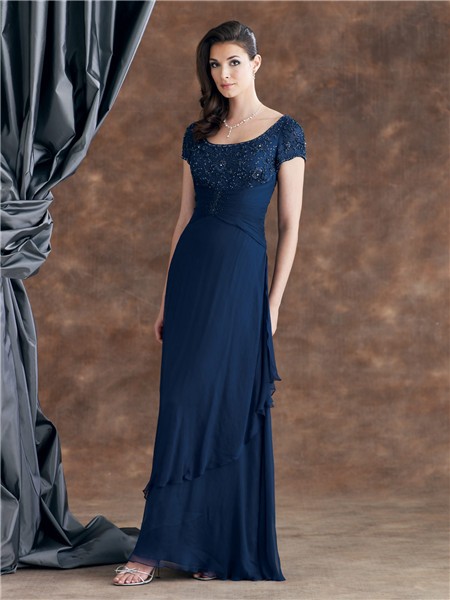
Once we have calculated what we expect the cost of each unit to be, we can work out our total cost of sales and closing inventory in the same way as we did with Average Costing. As with any expected value, there may be some variance analysis that needs to take place, but let’s leave that subject for another day and give you a brief example of how Standard Costing works. Probably the most complicated method of cost, as in this method you are assigning an expected cost of purchasing or producing goods. Total Cost of Sales = £82.50 (Average Cost Per Unit x Number of Units Sold)Ĭlosing Inventory = £27.50 (Average Cost Per Unit x Closing Inventory) Finally, let’s take a look at Standard Costing: (£110)/ (20) = £5.50 this is the average cost per unit, we can then use this value to calculate the cost of sales for our cakes and the closing inventory.

So let’s look at how this equation works out the Average Cost for our example. Weighted Average Unit Cost = Total Cost of Inventory / Total units in Inventory We also have 5 cakes left, and because we sold all the cakes worth £5 each the value of those cakes must be £6 each.Ĭlosing Inventory = £30 Next, we’ll take a look at Average Costing:Īverage Costing again does exactly what it says on the tin (how easy it this?) but this time it comes with an equation: So in total, we sold 10 cakes at a cost of £5 and 5 cakes at a cost of £6. Then we bought 10 more and sold a further 6 on the 8 th December, the first of those 6 sold will be at a cost of £5 (as we still have 1 cake left from the £5 each purchase on the 1 st) and the other 5 will be at a cost of £6 each. So of the 10 cakes bought on 1 st December, 9 sold at a cost of £5 each. We assume that the first products bought are the first to be sold. How shall we decide on the cost of selling each cake? Let’s start with FIFO:įIFO or First in First Out does exactly what it says on the tin. We’ve bought 20 cakes in total (because who wouldn’t?) and sold 15 of them. Let’s use an example to help understand each method: There are 3 main methods of costing, FIFO, Average Costing, and Standard Costing. A Costing Method is a way of deciding what to put for your cost of buying raw material or a product.

Costing Methodįirst of all, let me give you a quick explanation of what a costing method actually is. So there you are, about to add a new stock item into Sage, when you see the drop-down for ‘Costing Method.’ I’m sure some of you are aware of what the three options available refer to, but in case you aren’t, or if you would just like to touch-up on your knowledge, this handy little blog may just help.


 0 kommentar(er)
0 kommentar(er)
